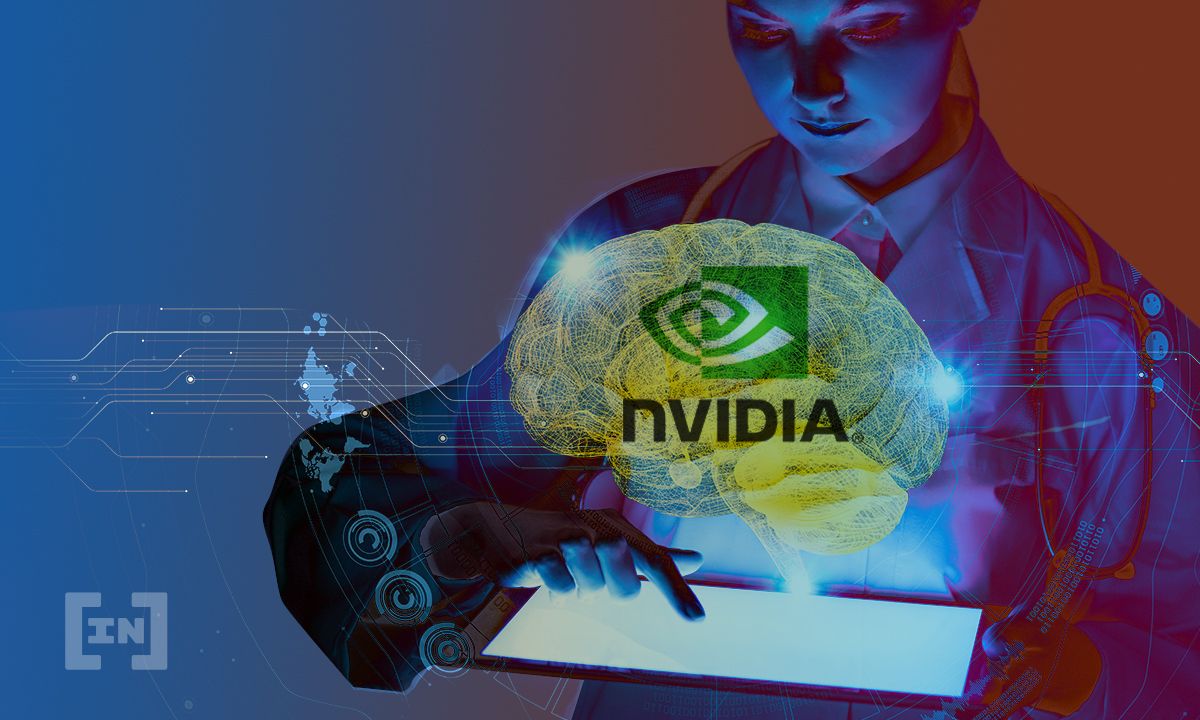The crypto bear market and declining demand for crypto mining chips have caused semiconductor companies to batten down the hatches.
Bank of America analysts say that semiconductor downturns happen every 3-4 years, and the industry could well be on the cusp of another one.
Nvidia Corporation, a major supplier of chips for cryptocurrency mining and videogames, is cutting back on hiring as the demand for semiconductors in these two critical sectors wanes. While retailers employed waiting lists, raffles, and quotas to satisfy consumer demand for the previous two years, falling crypto and stock prices have meant fewer spare dollars for consumers, says one Californian retailer, Central Computers. Long gone are the pandemic era lines of consumers camping outside computer shops for cryptocurrency mining and gaming hardware.
Supply chain snarls coming out of China, and the Ukraine-Russia war has also eaten into earnings estimates and projections for major chip companies like memory-chip maker Micron, CPU specialist Intel, and data-center specialist Advanced Micro Devices. Record levels of inflation have cooled consumer appetite for smartphones and personal computers.
Nvidia swimming against the tide
Nvidia Graphics Processing Units, which have been a convenient off-the-shelf solution for miners, are also suffering, albeit in a smaller measure than a few years ago.
Crypto miners snapped up Nvidia’s GPUs in 2017, causing the multinational to ramp up its production. Nvidia’s mining hardware is mainly used for mining Ethereum. It saw a decline in demand as miners moved on to ASICs, chips created especially for mining with vast amounts of computing power, eventually holding swathes of unsold chips. The additional problem was that the company had no way of knowing the composition of its customer base.
Which customers were using the GPUs for videogames, and which were using them for crypto mining? Videogamers provided a more predictable market cycle, preventing the company from holding vast amounts of unsold inventory and weighing down its balance sheet.
In November 2018, the company cut its annual sales projection to $2.7 billion, causing investors to sell the stock, resulting in a 20% drop in share price.
Nvidia then separated its gaming and GPU business earlier this year, introducing limits on hash rate for gaming-specific hardware, making them inefficient as mining solutions. Since crypto mining chips require less sophisticated hardware, rejects from GPU lines can be repurposed. By introducing a crypto-specific chip, the chance of miners dumping them on the secondary market is lower. Hence the supply of gaming devices is less likely to outstrip demand, benefiting Nvidia’s bottom line.
Cold months ahead
Regardless, Nvidia’s stock fell 48% in the first half of the year. Analysts estimate that Nvidia’s sales for the second quarter would miss original estimates by 4%. Intel sales estimates are pegged at around $18 billion for the second quarter, missing original estimates by $400 million. It recently entered the cryptocurrency mining race this year by introducing its BMZ1 and later BMZ2 bitcoin miner chips.
As crypto markets tumble with bitcoin, which has now lost about 70% of its value since its highs in November last year, profit margins are becoming tighter for miners. Smaller miners are capitulating, while others run the risk of their ASICs being sold to pay back loans. The longer the crypto winter lasts, the greater the likelihood of prices of mining ASICs dropping as more units appear on the secondary market.
Disclaimer
In adherence to the Trust Project guidelines, BeInCrypto is committed to unbiased, transparent reporting. This news article aims to provide accurate, timely information. However, readers are advised to verify facts independently and consult with a professional before making any decisions based on this content. Please note that our Terms and Conditions, Privacy Policy, and Disclaimers have been updated.



